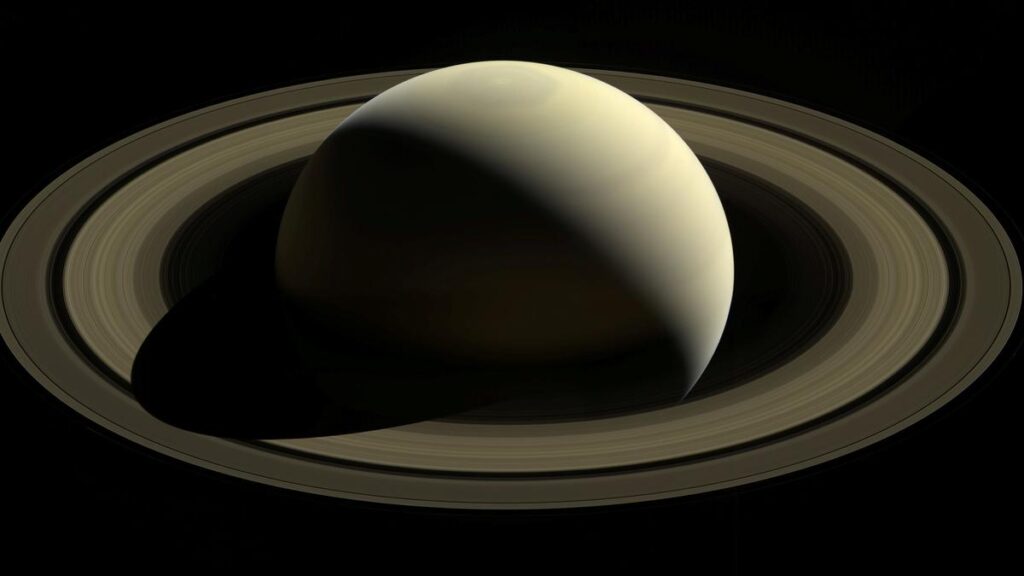One of the final glimpses of Saturn and its iconic rings was captured by NASA’s Cassini spacecraft in October 2016 and released in September 2017. If you happen to have a telescope, the evening sky provides an excellent opportunity to witness the majestic ringed planet, Saturn at its highest point just after sunset. It is the perfect time to use a telescope or binoculars to get a good view of the sixth planet of the Solar System and its famous rings.
However, there have been recent articles circulating on social media claiming that Saturn’s rings are vanishing at a rapid pace, with predictions that they will entirely disappear by 2025. Is this really the last chance to see the mighty rings of Saturn in the evening sky over the next few months? The answer is no. While it is true that the rings will become nearly invisible from Earth in 2025, this is neither surprising nor a cause for concern, as the rings will reappear soon thereafter.
The Earth’s tilt plays a crucial role in influencing our view of Saturn. As Earth orbits the Sun, the changing seasons are a result of the Earth’s tilt towards one side, altering the exposure of its hemispheres to the Sun. Saturn, similarly, experiences seasons due to its significant tilt of 26.7 degrees, causing it to appear to nod up and down as viewed from both Earth and the Sun. The enormous ring system of the planet, made up of ice, dust, and rocks, is spread over a vast distance, just over 280,000km from the planet, and is very thin, only tens of meters thick in most places. The rings orbit directly above Saturn’s equator and are tilted to the plane of Saturn’s orbit.
The vanishing of Saturn’s rings occurs because they are so thin that when viewed from a distance, they appear to vanish when seen edge-on. Similar to a sheet of paper being rotated until it is edge-on, the rings nearly disappear from view. As Saturn moves around the Sun, our perspective changes, causing the northern and the southern faces of the rings to be alternately tilted towards Earth. This regular transition results in the rings appearing to vanish twice per Saturnian year, with the upcoming occurrence in 2025, as Saturn will be viewed edge-on.
Contrary to worries, the disappearance of the rings is a natural and cyclical occurrence, and they will gradually become visible again after 2025, as experienced in 2009. This regular cycle is a result of the changing seasons on Saturn, and as a result, the rings will once again be visible to large telescopes following their disappearance in 2025. Therefore, this is indeed the best time to clearly observe Saturn’s rings until 2027 or 2028.
Jonti Horner, a Professor of Astrophysics at the University of Southern Queensland, originally published this article in The Conversation under a Creative Commons license. Read the full article for additional insights and information.


